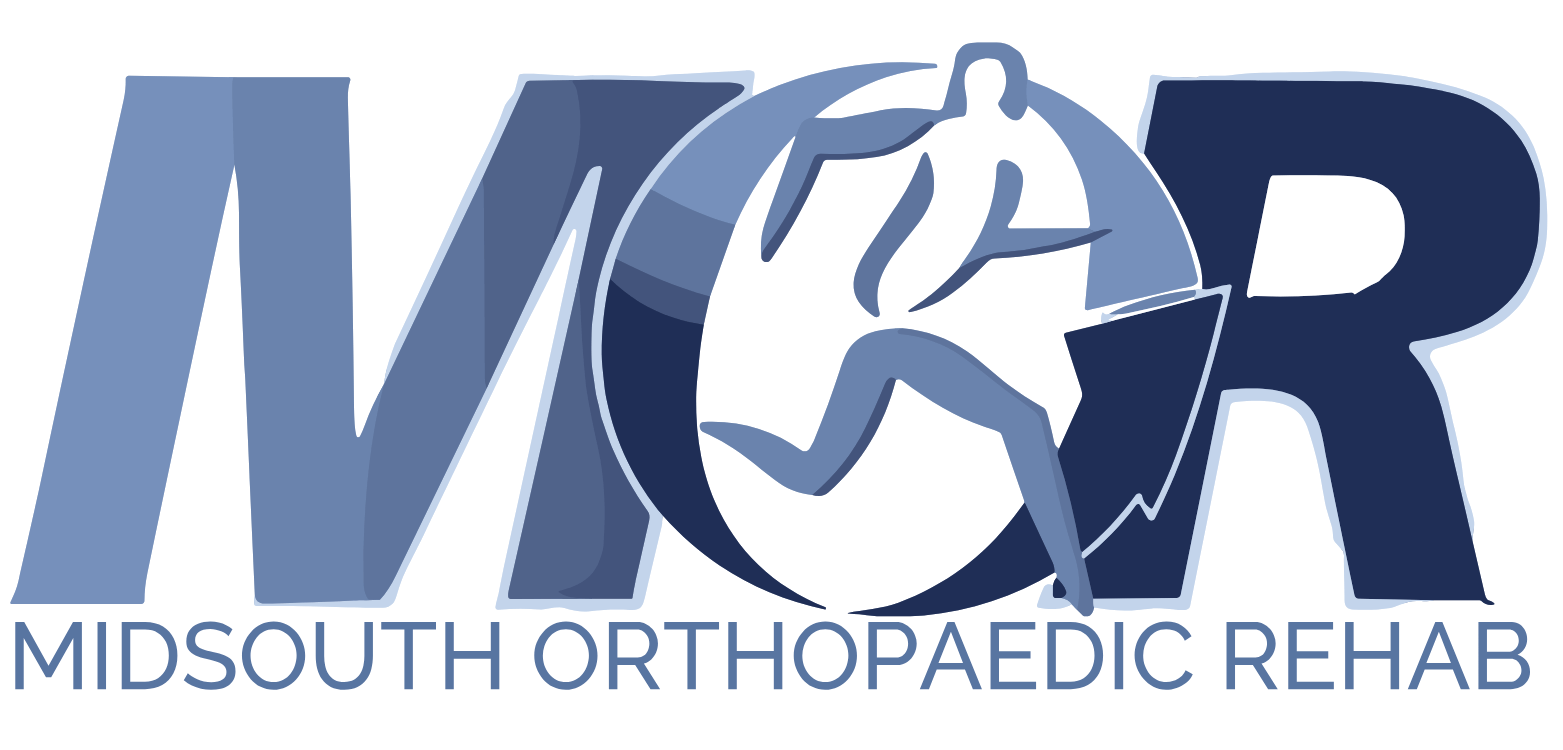The McKenzie Method
Also know as Mechanical Diagnosis and Therapy (MDT), the McKenzie Method is a philosophy of active patient involvement and education that is trusted and used by practitioners and patients all over the world for back, neck and extremity problems. This approach continues to be the most researched physical therapy-based method available. The key distinction is its initial assessment component – a safe and reliable means to accurately reach a diagnosis and only then make the appropriate treatment plan. Rarely is time or money wasted to perform expensive tests; Certified McKenzie clinicians have a valid indicator to know right away whether – and how – the method will work for each patient.
3 Steps To Success

Assessment

Treatment

Preventive Strategy
3) Preventative Strategy
Most patients who do respond favorably to MDT can successfully treat themselves – and minimize the number of visits to the clinic – when provided the necessary knowledge and tools putting him or her in control of their treatment safely and effectively. Patients who stick to the prescribed treatment protocols are less likely to have persistent problems. Thus, by learning how to self-treat the current problem, patients gain hands-on knowledge on how to minimize the risk of recurrence and how to quickly manage themselves if symptoms do recur.
Ready to start?
We understand the extent to which pain can limit you and take away from you the things you need and want to do. If you are dealing with pain or the inability to freely move and function in a normal way or in a way you once did, we want to help. We look forward to working with you and playing a role in you getting back to your life.


